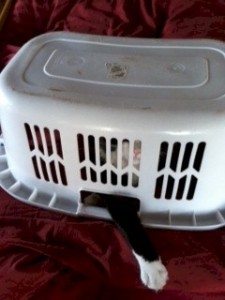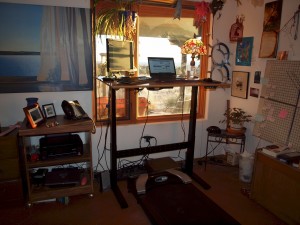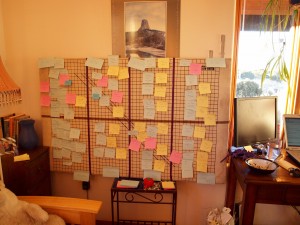 Jackson loves to do everything I do – including laundry. If only I could train him to do it by himself…
Jackson loves to do everything I do – including laundry. If only I could train him to do it by himself…
I did the laundry yesterday because today we’re hitting the road to visit a sick family member. These things take precedence, of course, but it throws my careful schedule all to hell. With Platinum coming out on Monday, I have all sorts of extra promo tasks on top of my usual writing/day job/keeping the household going in a reasonable fashion tasks.
I’m not the first person to liken this kind of balance to juggling. The point is to keep all the balls in the air. Dropping a ball is a failure.
I’ve realized recently that most of my ideas about juggling are informed by a book I read as a teen, Robert Silverberg’s Lord Valentine’s Castle. I think I’m spoilering nothing when I say that the core of the story is about the rightful heir to the kingdom traveling in disguise with a troupe of carnival performers. He has no useful skills, so they teach him to juggle. The philosophy of juggling infuses the story – and eventually informs his character as a ruler. It’s lovely stuff, about being peaceful and having focus.
And not dropping the balls.
But I think I can get more focused on not dropping balls than the true fun of juggling, which is the interplay of the balls in the air. After all, I’m doing this to create the best life that I can – to serve all the most important things to me – not to be preoccupied with meeting some standard of not-failure.
What this means is, I’m learning to be okay with dropping balls.
I just pick the ones that can be dropped. The dishes? Can wait. The vacuuming? Doesn’t REALLY have to happen today. Getting word count in? Keep that ball in the air and watch it soar, all shining and lovely.
Maybe this approach will inform my character, too. Peaceful and focused sounds like a good place to be.












